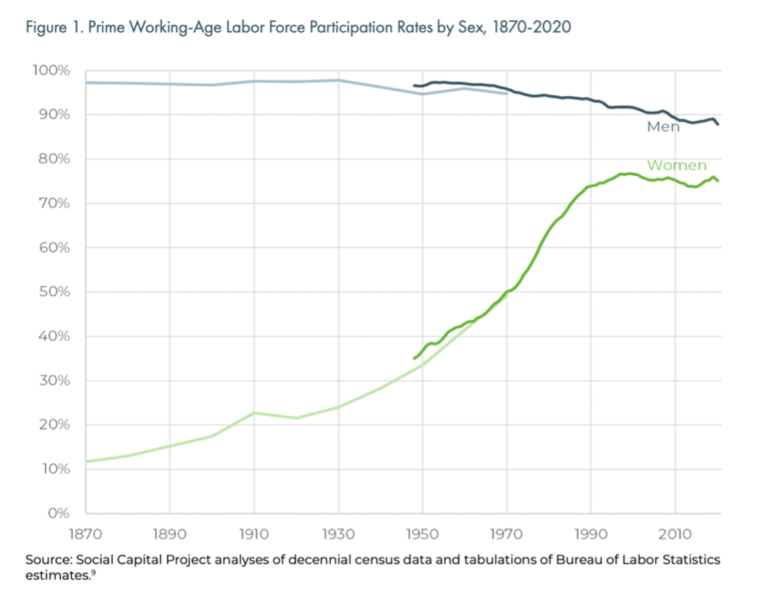Robert Rector uses a National Review Online column to counter misinformation about the 20-year impact of federal welfare reforms.
Two decades ago, on August 22, 1996, President Bill Clinton signed a landmark welfare-reform bill (the Personal Responsibility and Work Opportunity Act) into law. At the time, liberals proclaimed that the bill would slash the incomes of one fifth of American families with children and push 2.6 million people into poverty. Senator Daniel Patrick Moynihan (D., N.Y.) famously predicted the bill would leave children scavenging in the streets, “sleeping on grates, picked up in the morning frozen.”
In reality, welfare reform cut welfare caseloads by over 50 percent. Employment of the least skilled single mothers surged, and the poverty rates of black children and single-parent families rapidly dropped to historic lows. Doomsday prophets were discredited, and welfare reform has remained enduringly popular. …
… SIPP data reveal that, among the families living in alleged “extreme poverty,” some 86.5 percent have air conditioning in their homes or apartments, 89 percent have cell phones, 88 percent have a DVD player, digital video recorder, VCR, or similar device, and 67 percent have a computer.
Only 1 percent of these families reported that they “often” did not have “enough food to eat”; another 8 percent said they “sometimes” did not. The remaining 91 percent reported that they “always” had enough food to eat. Despite having alleged incomes of less than $2 per day, only 1 percent had been evicted during the prior 12 months.
The charge of “extreme poverty” in the U.S. is a statistical fiction based on a severe undercounting of earnings and benefits. For starters, Edin and Shaefer obtain their sensational claim that 3.5 million children live in “extreme destitution” on $2 per day by the simple tactic of excluding nearly all welfare benefits from their income count. They acknowledge that counting cash payments from the Earned Income Tax Credit (EITC) and food stamps drops the number by two thirds, down to 1.17 million children.
But even this lower figure reflects a massive miscount of income. Each month the SIPP survey (used by Edin and Shaefer) undercounts some 22 million beneficiaries in programs such as Supplemental Nutrition Assistance Program (SNAP), Special Supplemental Nutrition Program for Women, Infants, and Children (WIC), Temporary Assistance to Needy Families (TANF), Unemployment Insurance (UI) benefits, and Supplemental Security Income (SSI).


